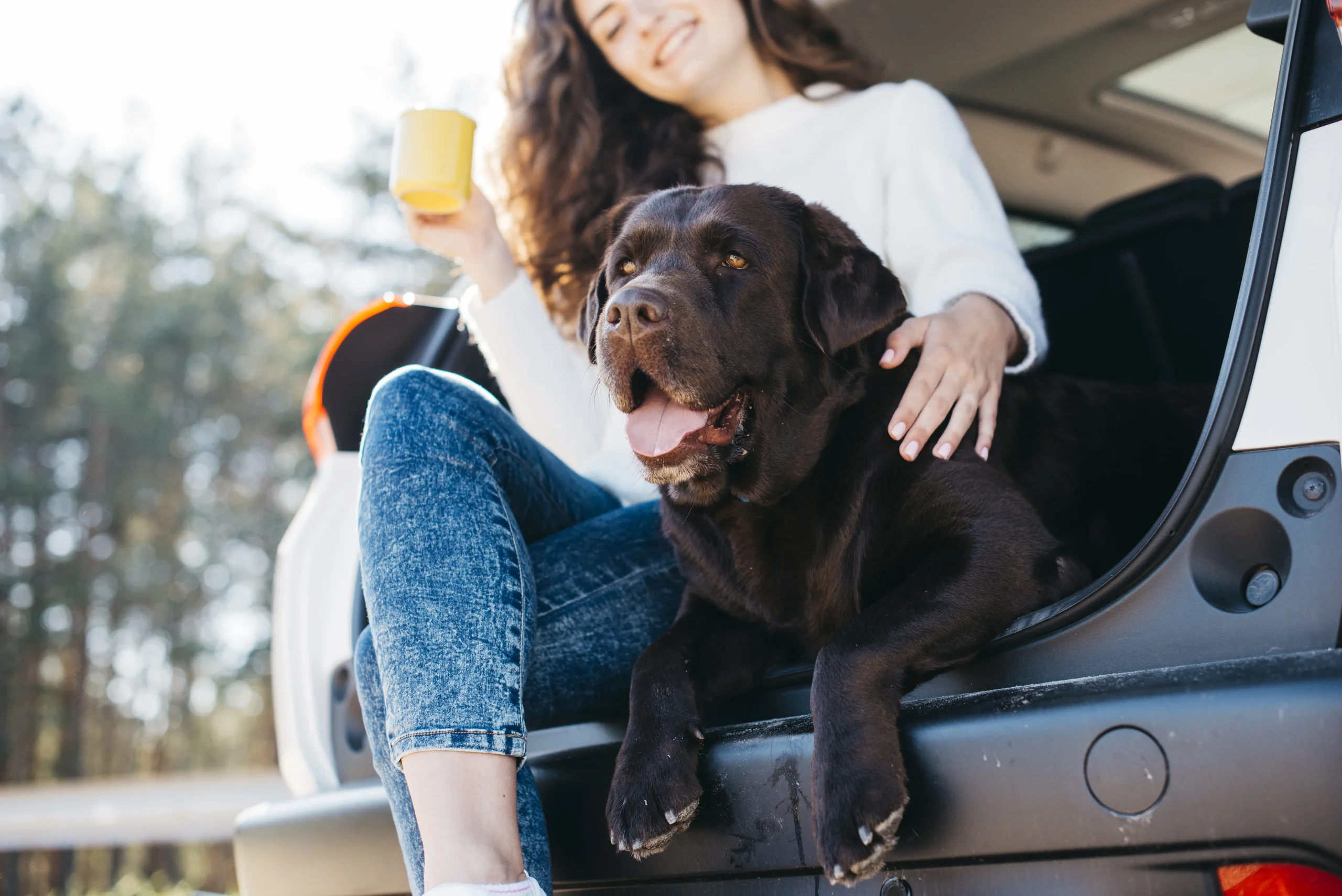
Today, we’re diving into one of the most frequently asked questions by most pet parents: Can I give my dog Benadryl? Whether your pup was stung by a bee or is having an allergic reaction, you may be tempted to reach for that pink box in your medicine cabinet. However, it’s important to know the correct dosage of Benadryl for your dog. And is it really safe? At EcoPetEssentials, we like to keep things simple, factual, and safe when it comes to Benadryl for dogs. In this blog, we’ll break everything down into simple and easy-to-follow tips to help every pet parent make safe and informed choices.
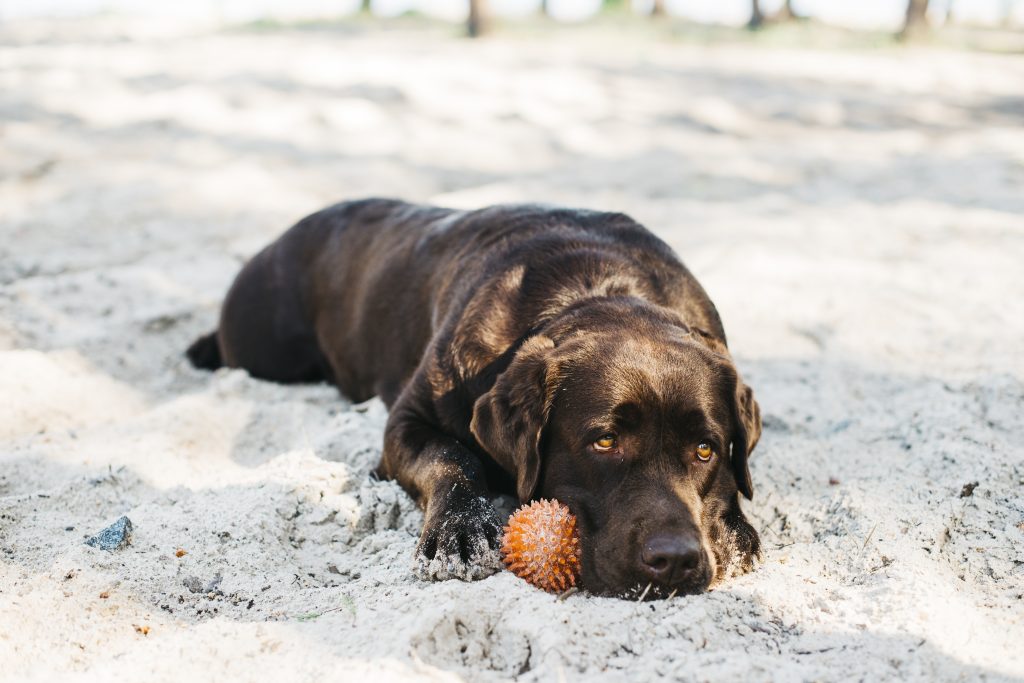
Benadryl (diphenhydramine) is an over-the-counter antihistamine designed for humans. However, here’s the twist—it’s also sometimes recommended by vets for dogs. Benadryl for dogs works by blocking histamine receptors in the body, which helps control allergy symptoms. It can also help with mild motion sickness and nausea.
Did You Know? Some dog breeds react differently to Benadryl®. Certain dogs tend to get more hyperactive and can be quite restless instead of getting sleepy!
Benadryl for dogs is not a cure-all, but it can help your dog in specific situations. It can be helpful in specific situations, but it’s not always the right solution. Therefore, it is a good idea to know when to use it, and knowing when not to can make all the difference for your dog’s health and comfort.
You should always call your vet first if your dog shows serious symptoms or unusual behaviour.
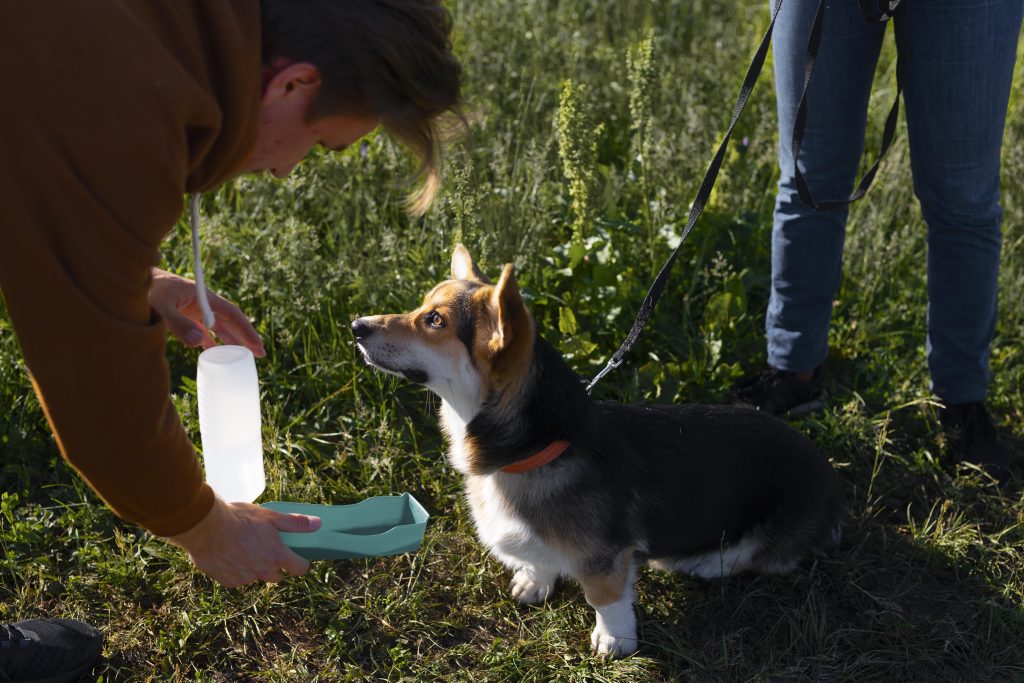
The safest way to give Benadryl is to talk to your vet. However, here’s a simple rule of thumb many pet parents tend to follow. You can give 1 mg of Benadryl per pound of your dog’s weight. It is a good idea to give them 2–3 times a day.
Here’s a quick table to help you figure out what dosage is correct for your dog:
Important Tips to remember:
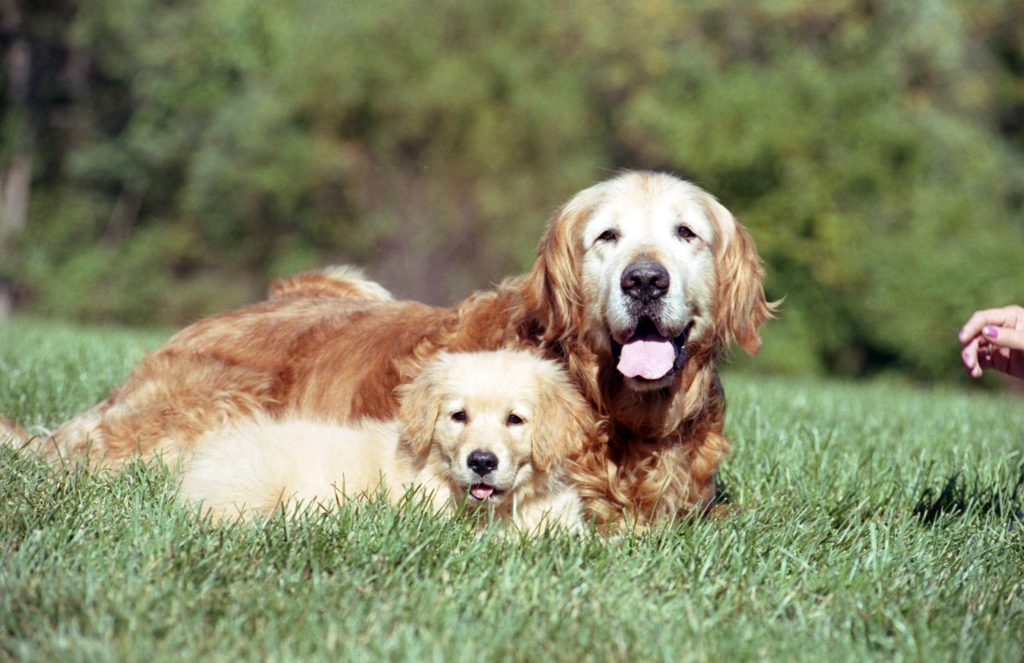
Benadryl is usually a safe option to give your dogs, but not always. It is better to avoid giving it if your dog has any of the following ailments:
Side effects to watch for:
If you see any of these symptoms, then you must immediately call your vet ASAP.
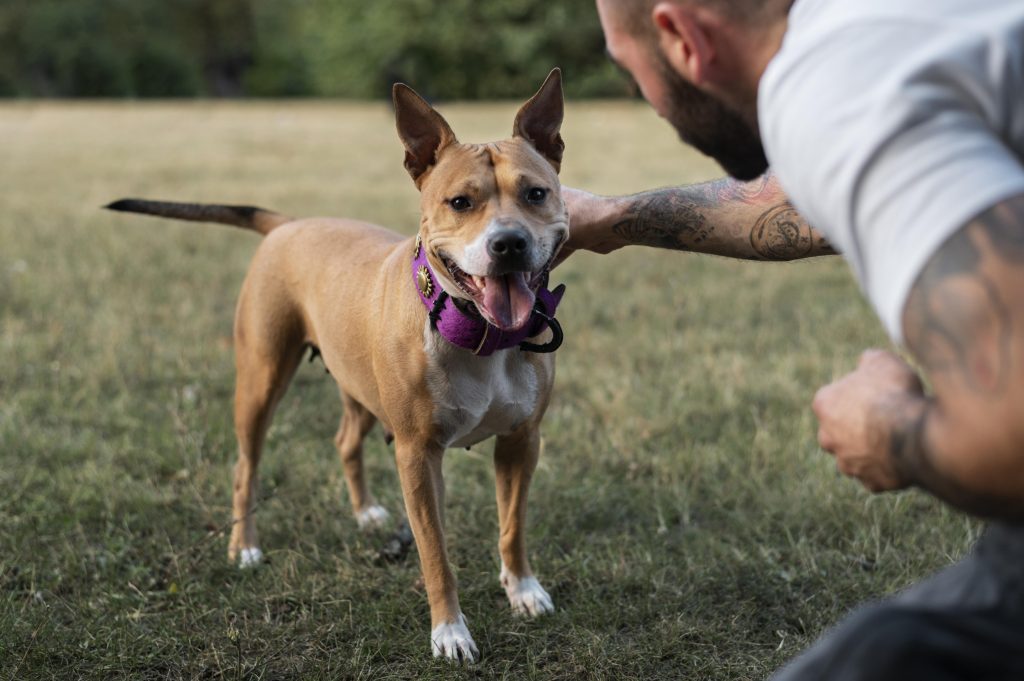
Do you have a nervous puppy? Or if your dog suffers from anxiety, then Benadryl probably won’t help much. Instead, you can try these vet-recommended and pet-parent-approved products for anxiety relief:
These are great alternatives if your pup gets scared during fireworks, thunderstorms, or trips to the vet.
Yikes! A bee sting can make your dog swollen and itchy. If it’s a mild reaction (no swelling of the face, lips, or breathing trouble), then Benadryl for dogs can definitely help reduce the reaction. You can use the dosage table above and keep an eye on your pup. However, if your dog’s face swells up or breathing becomes difficult, then you have to get your fur baby to the vet immediately.
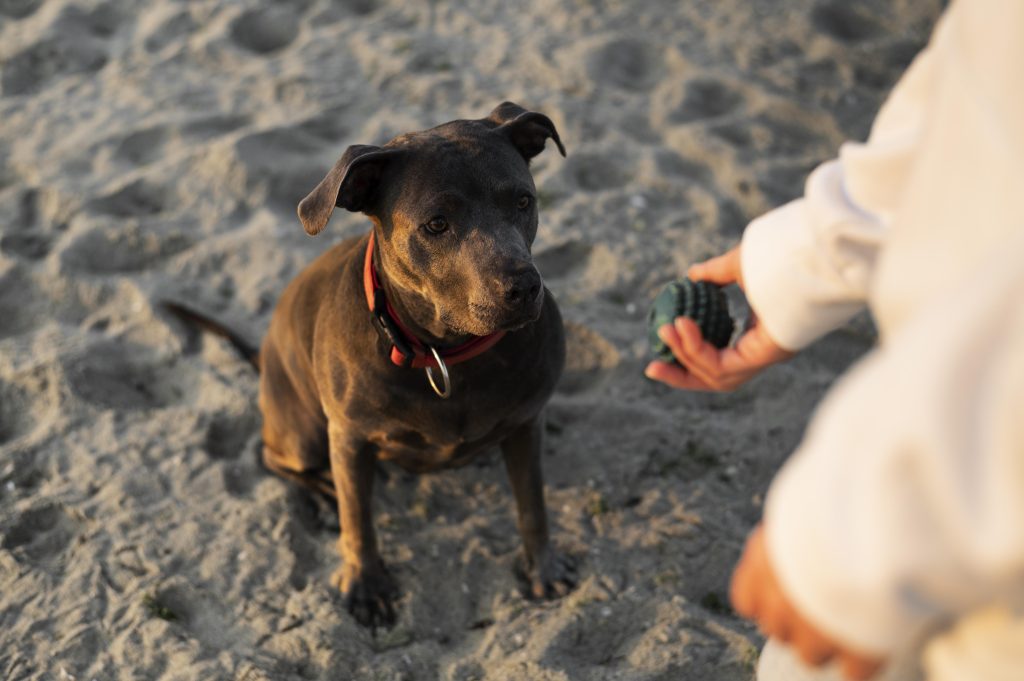
Yes, there are! If your dog suffers from chronic allergies, Benadryl might not be the best long-term solution. While it can help in a pinch, lasting relief often requires a more comprehensive approach. Luckily, there are several vet-approved products that target allergy symptoms more effectively.
Here are some better alternatives to Benadryl for managing dog allergies:
You can use a mix of these products under your vet’s guidance. They can provide more lasting comfort and fewer flare-ups than relying on Benadryl for dogs alone.
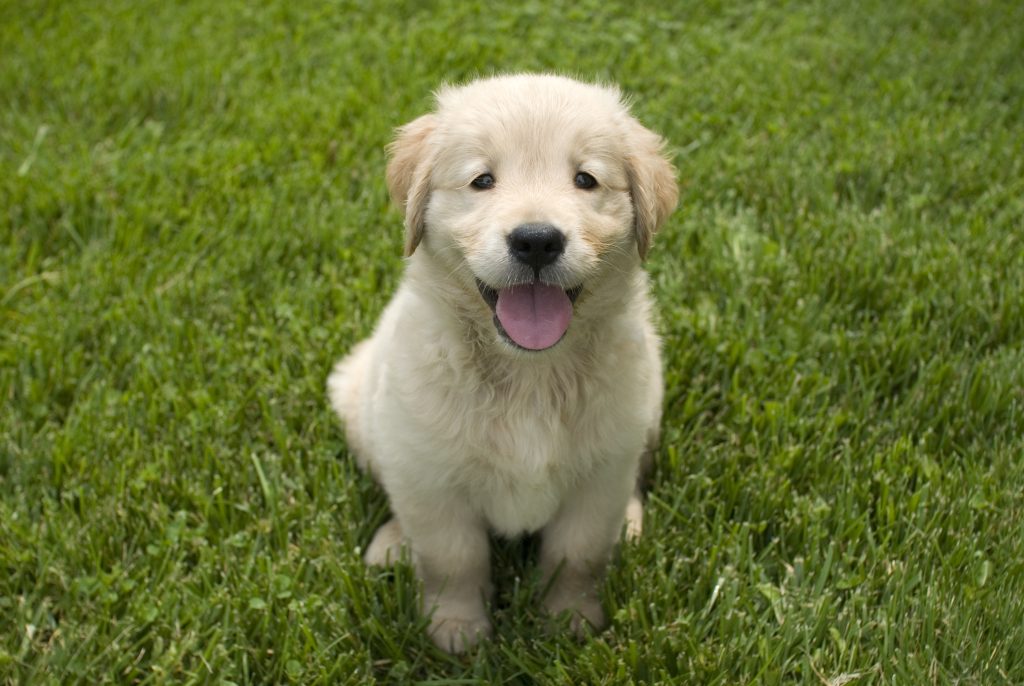
There are different types of Benadryl for dogs. Therefore, it is a good idea to know what works best based on your dog’s size:
Therefore, it is always a good idea to double-check that the product only contains diphenhydramine.
You can give your dog Benadryl as it is a safe option when given correctly and for the right reasons, such as mild allergies or motion sickness. However, you should know that it’s not a cure-all, and it won’t work well for anxiety. You can always talk to your vet before starting any new treatment, such as Benadryl for dogs, even one that’s over the counter. Whether it’s bee stings, itchy skin, or a nervous pup, we’re here to guide you on the best ways to care for your furry friend. At EcoPetEssentials, we believe in giving your pet a happy, healthy life with natural, vet-approved, and paw-sitive choices.

Castiel Smith cares deeply about animals and the planet. He loves sharing tips that help people take better care of their pets while being kind to nature. Whether it’s about eco-friendly pet products or simple ways to take care of your fur babies, Cas loves sharing Behavior & Training Tips.